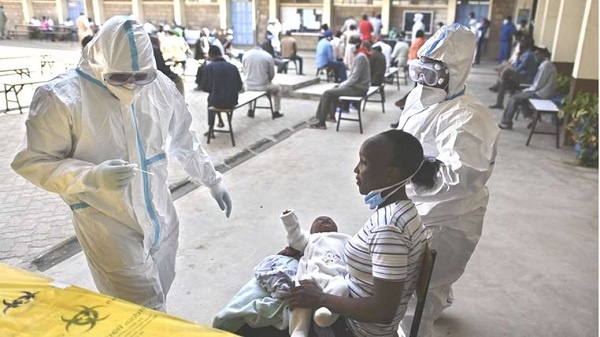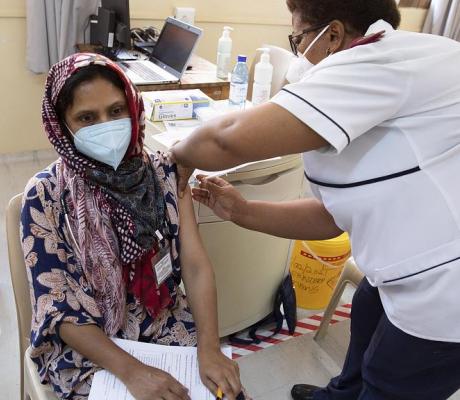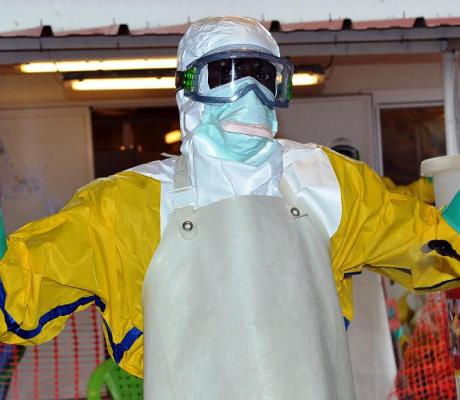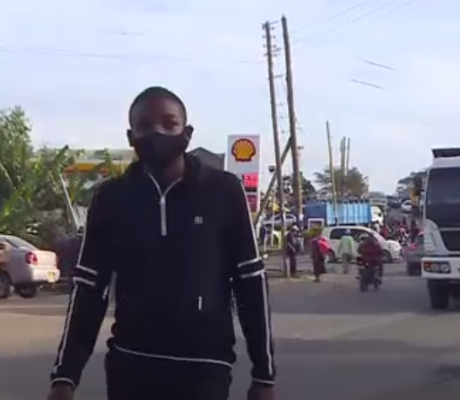Focus is shifting to Africa with coronavirus infections expected to exceed one million this weekend even as the number of positive cases doubled in just over three weeks.
The World Health Organisation has warned that some African nations could emerge as the new hotspots of the global pandemic, as the total number of infections in 55 countries surpassed 910,000 by Friday, July 31, while deaths neared 20,000 people.
With more than 482,000 infections, South Africa now has the highest toll on the continent and is the fifth most-affected globally.
“Our action or inaction will determine the next course of the pandemic. Prevention measures by the general population will be crucial for the next phase,” said the WHO regional director for Africa Matshidiso Moeti.: Egypt is the second most affected on the continent with nearly 94,000 cases, Nigeria is third with more than 42,000, Ghana has 35,142 and Algeria with 29,831. They account for the top five in the continent and also account for 75 percent of Africa’s tally.
Kenya has the highest number of infections within the East African Community, with over 20,000 cases, while Tanzania has not reported its caseload for nearly four months.
“We must ensure that (our health workers) have a reliable supply of personal protective equipment, supplies, and medicines,” said Dr Moeti.
Africa is in its sixth month in the battle against COVID-19, having trailed the rest of the world in imported cases since China reported the first cases of the virus in December last year.
The number of new cases has surged by 50 percent in the past two weeks compared with the previous fortnight, with an average of 16,981 new cases reported daily in the past week. Deaths are also rising, with a total of 4,376 new cases recorded in the past 14 days, representing a 22 percent increase from the previous two weeks.
Medical researchers in South Africa found a “huge discrepancy” between the country’s confirmed COVID-19 fatalities and the number of excess natural deaths, providing further evidence that the number of people who have succumbed from the disease could be higher than the official toll.
Early restrictions on contact and movement slowed the spread and number of deaths, Mary Stephens, an expert at the WHO Africa office, told The EastAfrican. With about 7.7 million tests performed since February, under-reporting of cases remains a challenge as testing in Africa trails global benchmarks, the experts warned.
Although infections are on the rise across the continent, the trend is varied. Nine countries in sub-Saharan Africa have reported a decline in cases over the past three weeks. Seven countries that had imposed lockdowns and started easing the restrictions have experienced a 20 percent jump in cases over the past two weeks. Countries like Kenya, Somalia, Ethiopia, Madagascar, Ghana, and Nigeria are also on the watch list after recording sharp increases in new cases.
Ten countries including Tanzania (4.1 percent), and Sudan (6.3 percent), are reporting case fatality rates comparable to or higher than the global case fatality rate of four percent.
“If we are aggressive and apply the public health measures in a bold manner, then we will have a good chance of fighting back,” said John Nkengasong, director of Africa CDC, adding countries should expand the scale and quality of testing, contact tracing, isolation, and care of patients, as well as preventing infection.
Source: theeastafrican.co.ke







